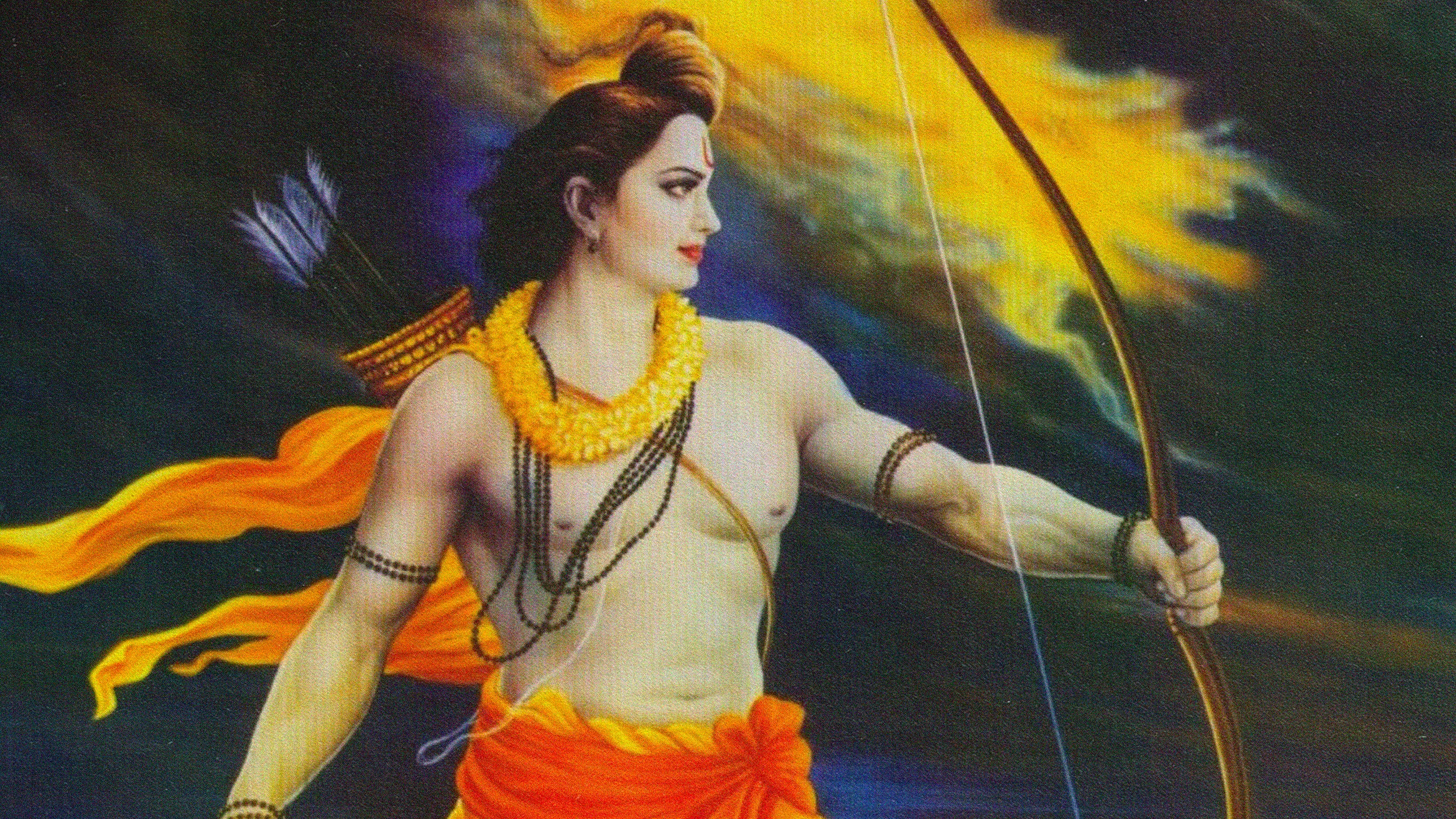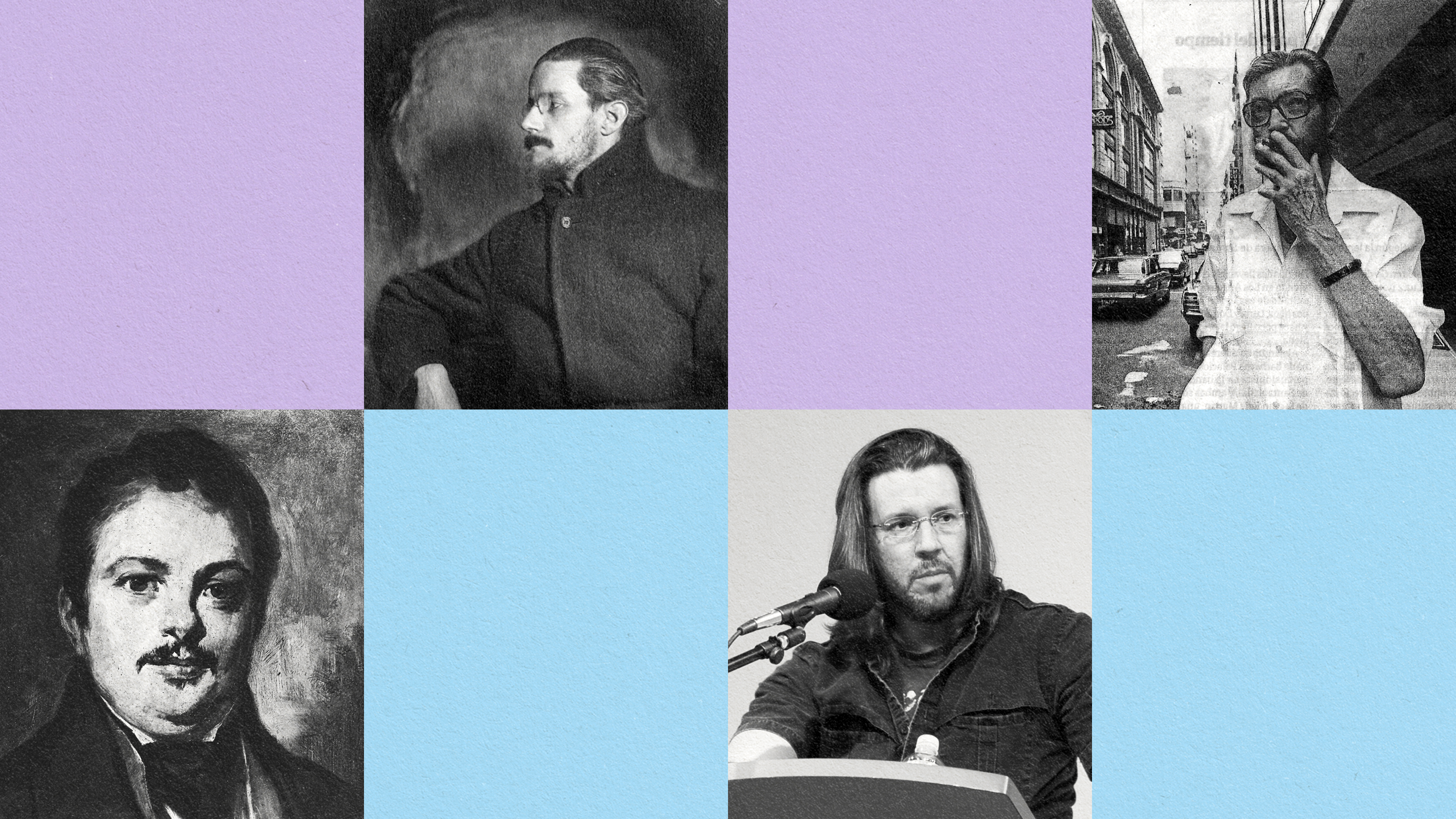Why We’ll Never Escape “Catch-22”

Joseph Heller’s Catch-22turns fifty this year, and like its hero Yossarian, it seems destined to survive for the long haul. It’s the best kind of literary paradox: a classic that people actually read.
To some extent, it’s attained this status in spite of itself. In the novel’s first chapter, we meet a Texan soldier who is so likeable that no one can stand him. This is a one-off joke, but it’s also Heller’s sly dig at his own expense. Catch-22 provides a reading experience based on his vision of the war experience: equal parts rollicking adventure and interminable ordeal. It’s calculated to win readers’ devotion even as it taxes their sanity. It succeeds on both fronts—it compels, as a fascinating narrative and also as an exhausting literary duty.
Not all of the book’s humor holds up, but almost none of it feels dated, either. Even the corny, MAD magazine-style character names (Captain Aardvark, Milo Minderbinder, etc.) are by now a sort of literary tradition thanks to their influence on Pynchon, Vonnegut, and others. More importantly, Heller’s anarchic stance has become a staple of “serious” war fiction, as influential as Hemingway’s tragic stoicism in an earlier generation. Yossarian became a hero to the anti-Vietnam counterculture precisely because he helped create it.
Catch-22’s greatest legacy may be its structure, which early critics derided as nonexistent. Meandering, repetitious, plotless, the form of the satire clearly reflects its target: the absurd bureaucratic frustrations of military life. More subtly, it reflects the horrors of post-traumatic stress disorder, which gnaws at Yossarian beneath his comic mask. The main catalyst of his condition (which would have gone by other names then) has been the death of his comrade Snowden, which the narration conjures in flashbacks but never fully confronts until the climactic scene.
Heller’s technique here traces all the way back to the Odyssey, an inspiration he hides in plain sight:
“As far back as Yossarian could recall, he explained to Clevinger with a patient smile, somebody was always hatching a plot to kill him….They couldn’t touch him because he was Tarzan, Mandrake, Flash Gordon. He was Bill Shakespeare. He was Cain, Ulysses, the Flying Dutchman…”
The key figure in this list of wanderers and survivors is Ulysses, whose own tormenting “flashbacks” manifest themselves as the stories he compulsively, tearfully retells. Those stories, in turn, are woven into the nonlinear and repetitive structure of Homer’s epic, which embodies its hero’s psychological plight. The case for the Odyssey as a study in trauma is well established, having been powerfully developed in Jonathan Shay’s Odysseus in America: Combat Trauma and the Trials of Homecoming (2002). But Shay’s analysis doesn’t extend to Catch-22, and Heller’s ingenuity in adapting Homeric insights to the American novel is often overlooked.
Still, its impact has been huge: Heller started (or restarted) a lineage that extends straight through Vonnegut’s Slaughterhouse-Five, Pynchon’s Gravity’s Rainbow, and Tim O’Brien’s The Things They Carried. Each of these books employs a flashback-heavy, fractured narrative (Slaughterhouse-Five most ingeniously, through its conceit of the hero as unwilling time traveler); each does so in order to show how war memories recur, obsess, and madden.
All of this helps explain why, just as Yossarian can’t escape the war, we can’t seem to escape his cultural influence. He’s still outwardly unscathed at the end of the novel, but his inner scars have been his passport to immortality.
[Image: Modified version of the famous Catch-22 jacket art by Paul Bacon.]





